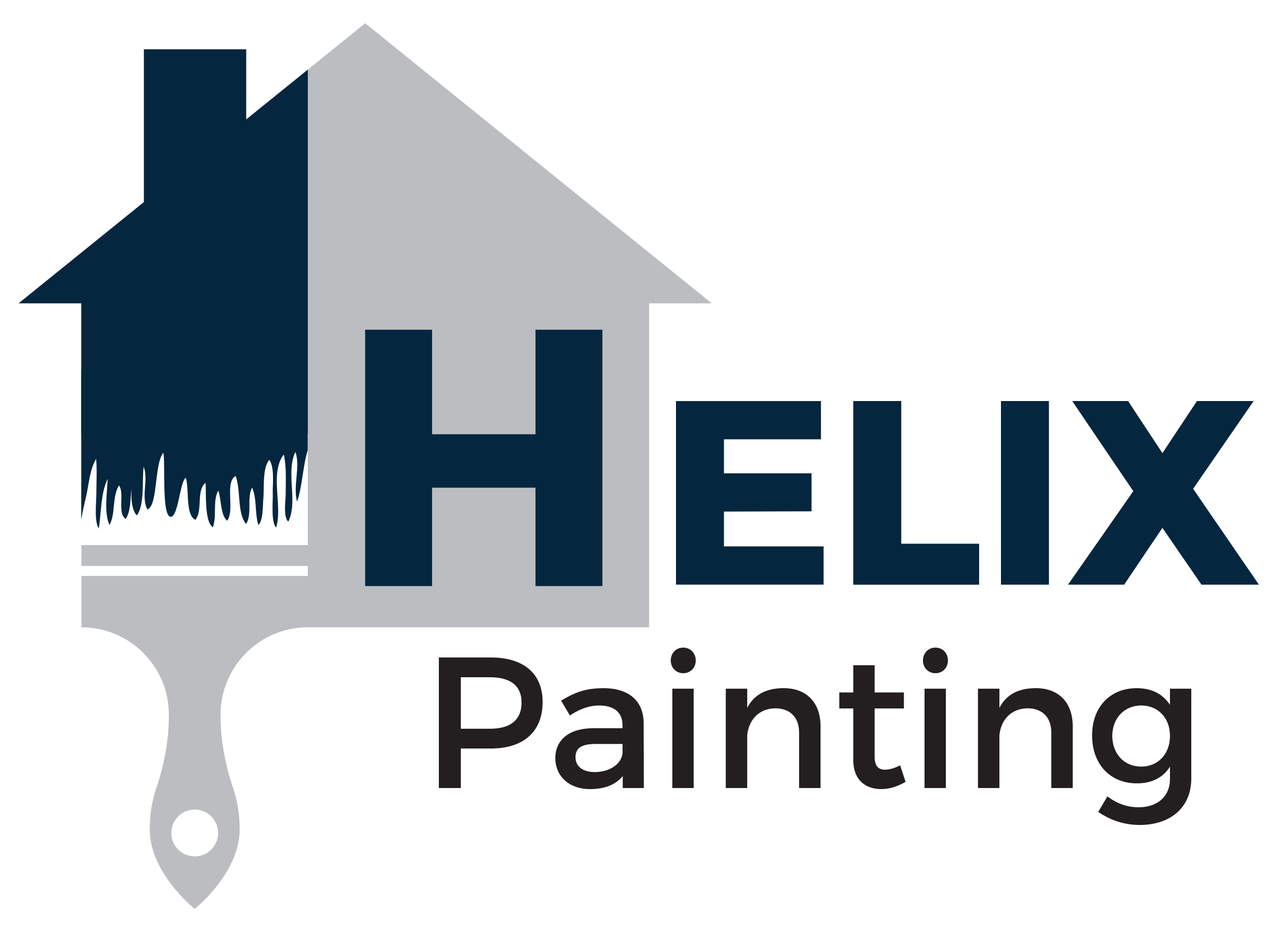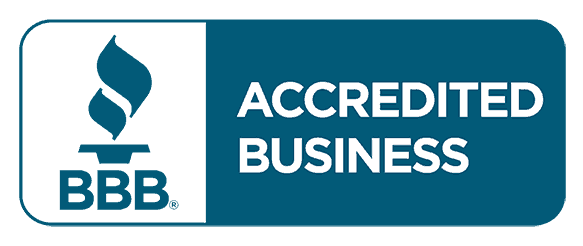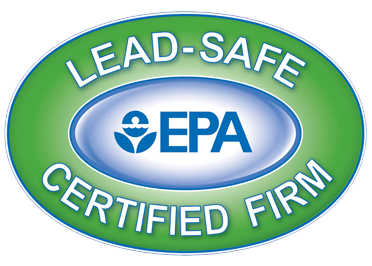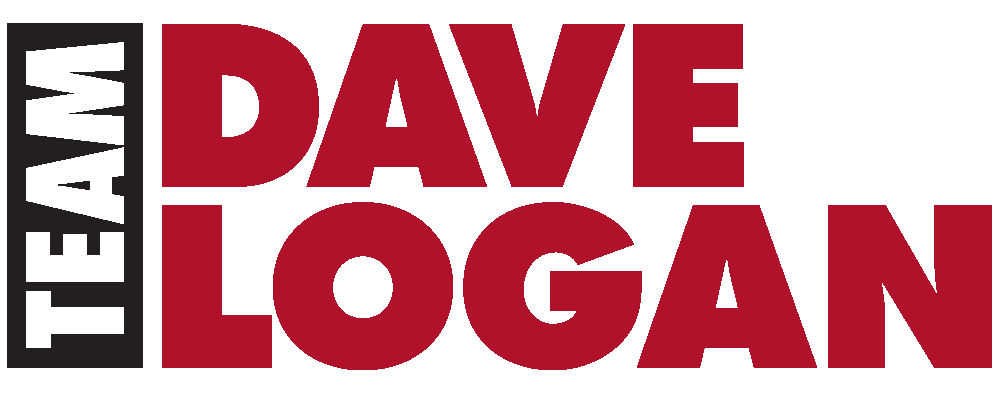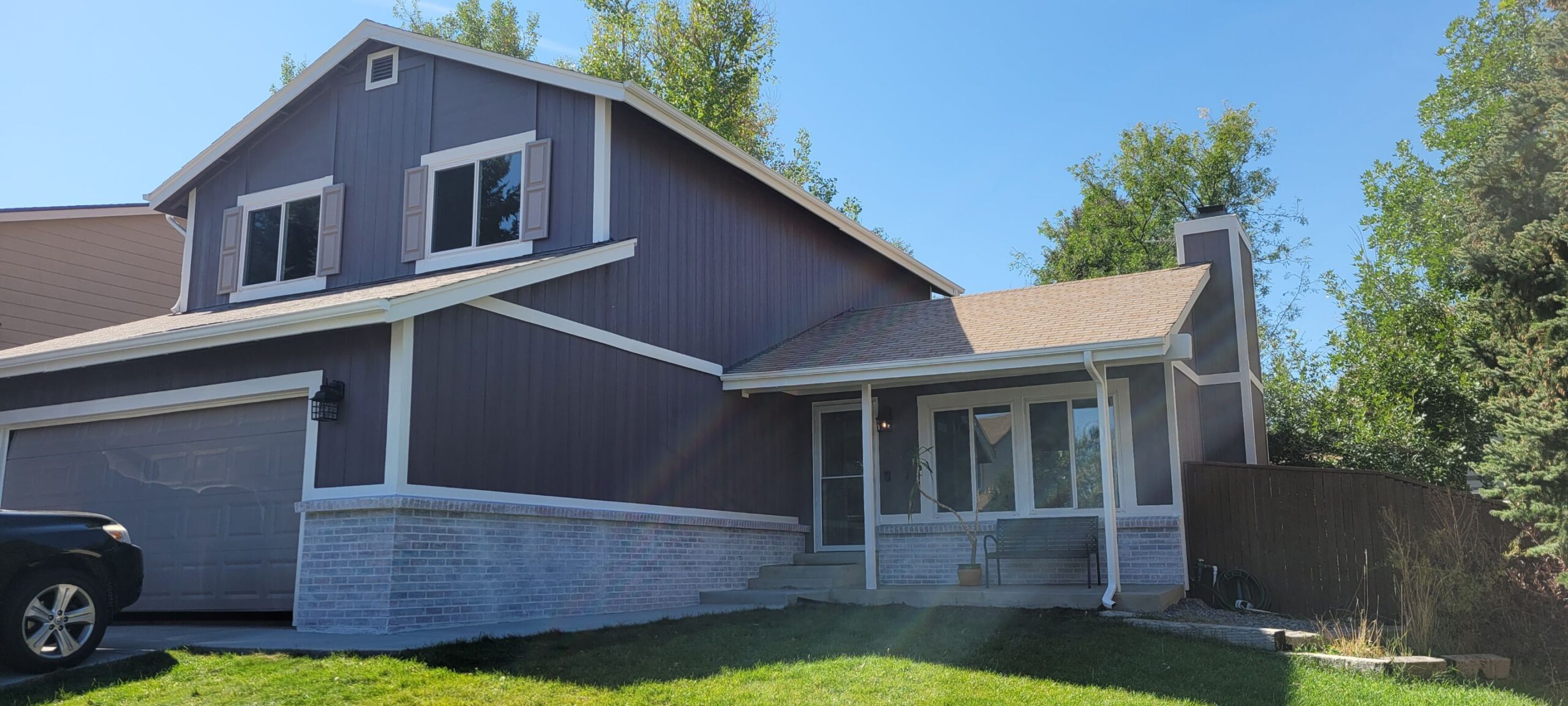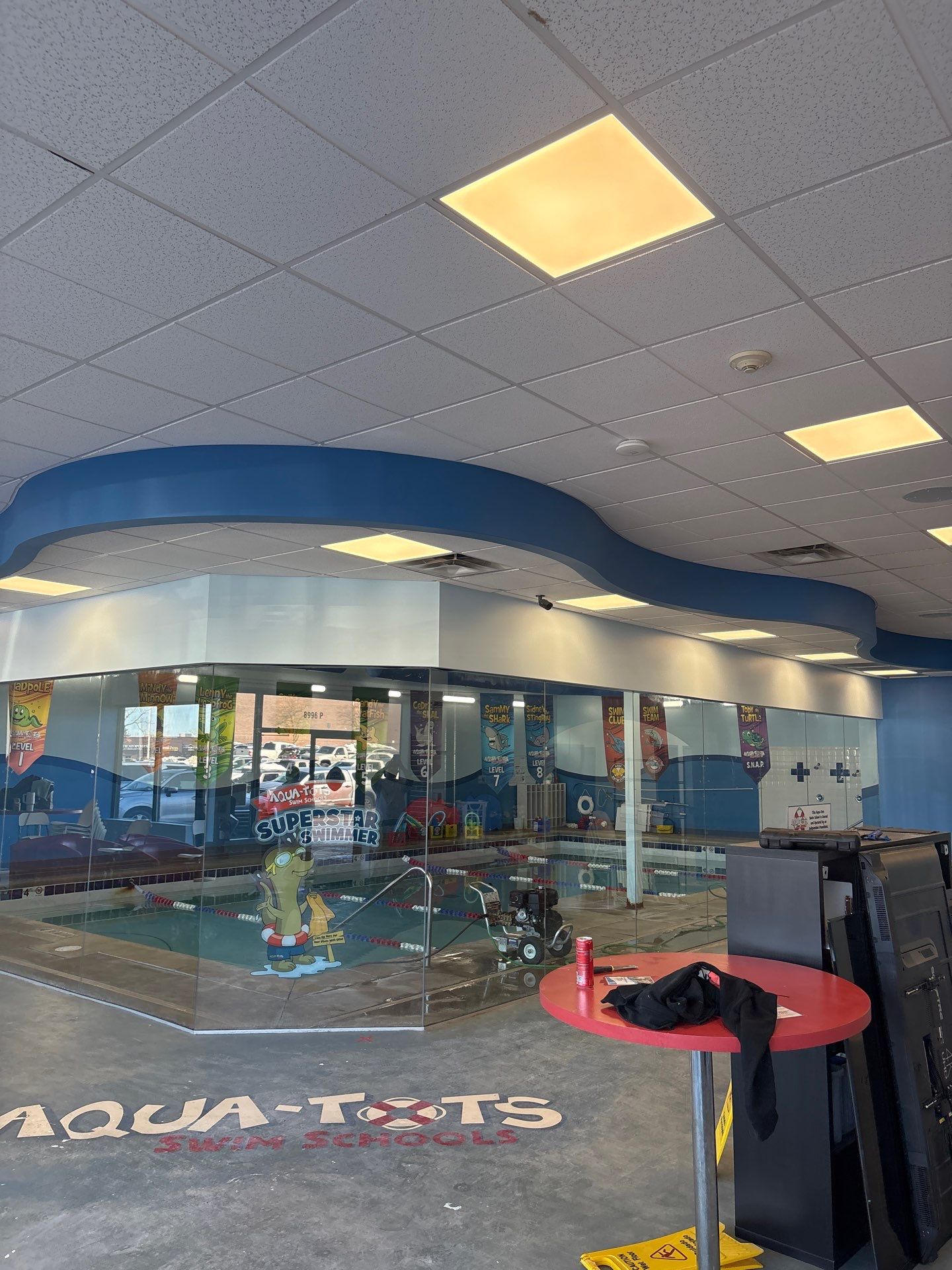Preparing an exterior surface before painting isn’t optional—it’s the single step that decides how long your paint will last. For homeowners in Parker, CO and beyond, the question often comes up: should you rely on a pressure wash or a hand scrape before painting? The truth is, the most durable finishes come from using both methods together.
Below, we’ll break down five proven reasons why pressure washing and hand scraping work best as a combined system, especially for anyone planning an exterior house painting project.
Why Surface Prep Matters More Than the Paint Brand
Even the best paint won’t adhere to dirt, mildew, or peeling layers. Skipping prep—or choosing only one method when both are needed—means you’ll be repainting sooner than you should. That’s why professional painters in Parker, CO don’t see prep as optional; they see it as the foundation of the job.
When done right, pressure washing clears away the bulk of contaminants, while scraping takes care of loose or peeling paint that water alone can’t remove. Together, they ensure fresh paint bonds directly to a sound surface.
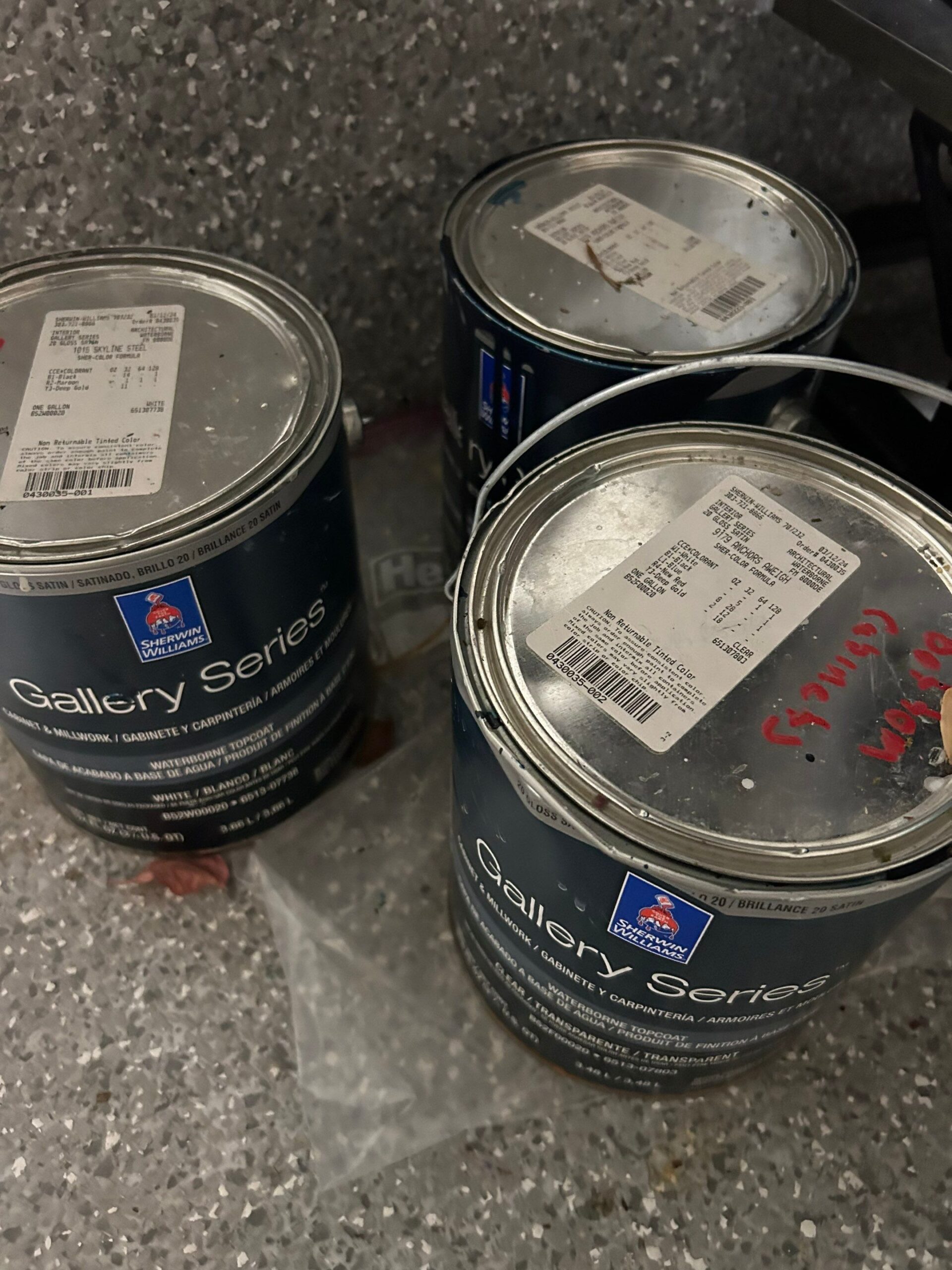
A Pressure Wash Clears What Your Eyes Can’t See
On the surface, siding might look dusty but stable. In reality, it often holds onto invisible layers of pollen, chalked paint, mildew spores, and atmospheric grime. If you apply paint directly over these, adhesion fails.
A pressure wash penetrates those layers, removing buildup you’d never reach with hand tools. For example:
-
Dust and debris from Colorado winds cling to lap siding.
-
Mildew spores hide in shaded areas of eaves and trim.
-
Old paint can “chalk,” leaving a powdery residue that blocks adhesion.
By rinsing these contaminants away, you’re giving the paint a clean foundation. But while pressure washing is essential, it doesn’t solve everything—especially flaking paint. That’s where scraping comes in.
Hand Scraping Tackles the Peeling Paint Pressure Washing Misses
Water pressure is powerful, but it won’t reliably strip peeling paint that’s already separated from the substrate. If you skip scraping, those loose edges will keep lifting, taking the new paint with them.
Professional painters scrape until only stable, bonded paint remains. The process often happens immediately after the pressure wash, once surfaces have dried. This one-two approach means you’re never sealing over a weak foundation.
If you’ve ever seen new paint bubble or peel within months, it’s usually because scraping wasn’t done—or because a contractor relied only on a quick pressure wash.
Both Together Prevent Premature Paint Failure
Let’s put it simply: pressure washing without scraping leaves loose paint behind. Scraping without washing leaves contaminants behind.
When combined, the two methods drastically reduce premature paint failure. In Parker, CO’s high-altitude sun and shifting weather, exterior coatings already face enough stress. Starting with a compromised surface makes failure inevitable.
That’s why the best exterior house painting results always begin with pressure washing and scraping. Professionals understand that the small extra effort upfront translates to years of additional life for your paint job.
Primer and Paint Perform Better on a Prepped Surface
Paint and primer are designed to bond, but they only perform as intended when applied to a clean, stable substrate.
-
Pressure wash benefit: Removes contaminants that chemically interfere with primer.
-
Scraping benefit: Eliminates unstable flakes that break the paint film.
Some premium coatings, like Sherwin-Williams Duration® or Emerald®, include advanced adhesion and mildew-blocking properties. But even these formulations require clean siding. A professional painter in Parker, CO will always pair a pressure wash with scraping and follow it with the right primer—sometimes tinted to the finish color for even coverage.
Long-Term Maintenance Is Simpler
When surfaces are properly prepped, maintenance cycles extend. A well-prepped paint job might last 8–10 years in Colorado, while a poorly prepped one could fail in 3–4.
Here’s where homeowners also benefit from ongoing pressure wash maintenance between paint cycles. A light wash every year or two removes mildew, dust, and pollutants, slowing down paint deterioration. This reduces the frequency of full repaints and helps your investment last.
By comparison, hand scraping is rarely needed again until the next major repaint—because the paint stays adhered in the first place.
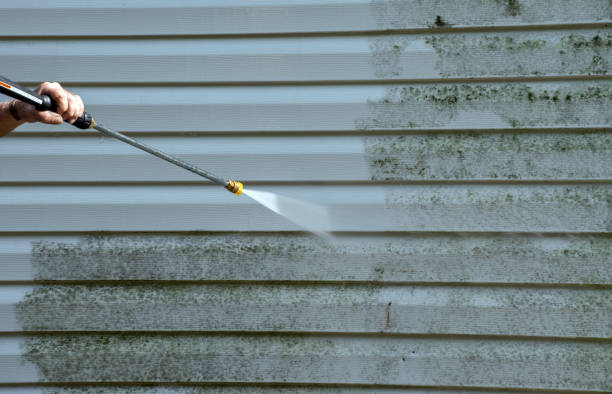
Why Professionals Do Both
Professional crews don’t gamble with shortcuts. In fact, one of the biggest red flags when reviewing painting bids is if a contractor suggests skipping either scraping or washing. Some homeowners even end up declining a paint project after realizing a low-cost bid was cutting corners on prep.
At Helix Painting, every exterior house painting project in Parker, CO includes a thorough pressure wash followed by careful hand scraping. That’s how we make sure your paint doesn’t just look good on day one—it lasts through Colorado’s intense weather swings.
Common Questions On Pressure Wash vs. Hand Scrape

Final Thoughts
When it comes to prep, pressure washing and hand scraping aren’t an either/or choice—they’re a both/and requirement. One cleans, the other stabilizes, and together they create the foundation for lasting paint.
If you’re planning exterior house painting in Parker, CO, make sure your painter includes both steps. It’s the smartest way to protect your home, extend paint life, and avoid repeating the process sooner than necessary.
